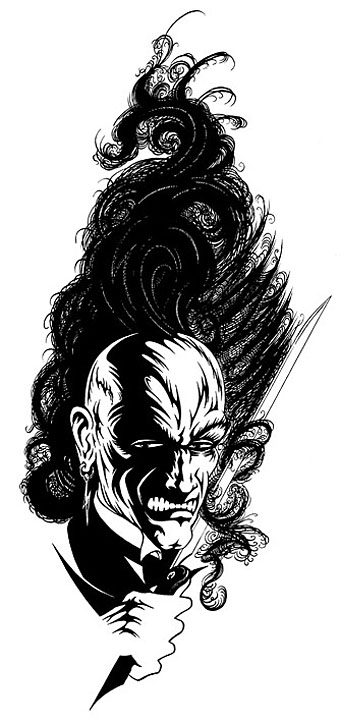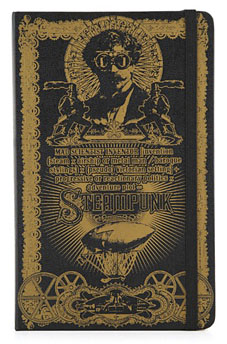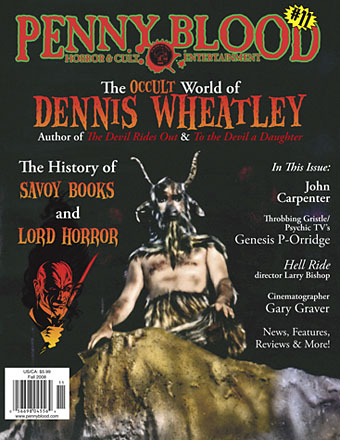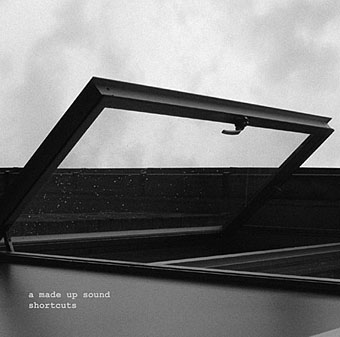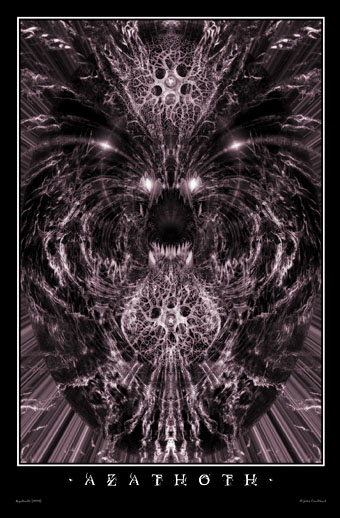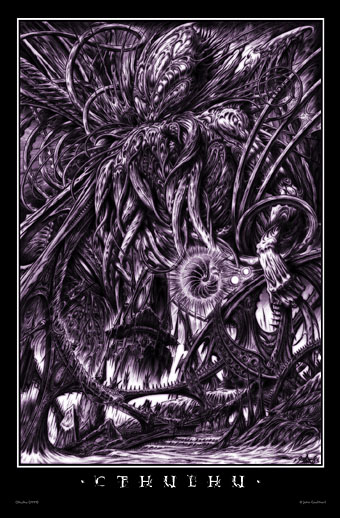Lord Horror (1997).
Time for an end of year news round up.
• As mentioned earlier, issue 11 of US horror magazine Penny Blood features a look at Savoy Books and David Britton’s Lord Horror mythos. The magazine is now on sale and includes comments from Savoy’s Michael Butterworth and myself.
• I was interviewed last month by Creative Review, the UK’s leading design mag, as their January 2009 issue includes a feature on Barney Bubbles. This is also now on sale although I’ve yet to see a copy so I don’t know how much of what I was saying made the cut. I did finish by calling Barney B a “true pop artist” and I see they’ve used those words as their sub-heading so that may be one contribution.
• Back in the USA, book chain Barnes & Noble have licensed my 2004 Cthulhu Rising picture for an HP Lovecraft reprint. Not sure when that’s appearing yet. The same picture (which is also my most popular print) was licensed earlier by a Romanian publisher for (surprise) a Lovecraft collection. I’m told that volume will be published in May 2009.
• Finally, the recent Steampunk design which Modofly are now selling on their laser-etched Moleskin books will be appearing shortly in a surprise location. More about that later. I’ll probably be doing some prints and CafePress stuff with this picture eventually but for now Modofly has the monopoly.
Posting here may be rather sparse over the next couple of weeks since I’m very busy work-wise just now. So don’t be surprised if there’s a long run of picture-only posts. December and early January are often slack and moneyless so it’s good to be busy.

